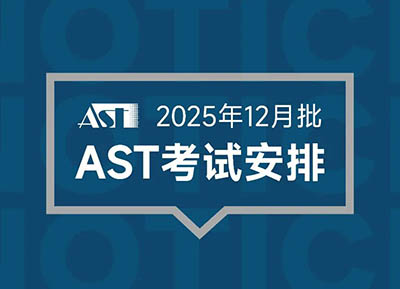雅思寫作語料:移動支付的利弊
時間:2024-08-13
來源:網絡
作者:未知
在過去十年,移動支付(數字支付或電子支付)逐漸無縫銜接到消費者的現代生活中,取代現金支付成為大多數人的主要支付方式。現金支付為什么會衰退,移動支付的利弊都是什么,本期從網上給大家分享一下寫作思路。
The Dash from Cash
Dash: going somewhere quickly.
Over the past decade, digital payments have taken off and now this payment revolution is about to turn cash into an endangered species in many economies. Countries dematerialize payments at varying speeds. But the direction of travel is clear, and in some cases the journey is nearly complete.

Cash is dying out because of two forces. One is demand—younger consumers want payment systems that plug seamlessly into their digital lives. But equally important is that suppliers, such as banks, tech firms and telecoms companies, are developing fast, easy-to-use payment technologies from which they can pull data and pocket fees.
There is a high cost to running the infrastructure behind the cash economy—ATMs, vans carrying notes, tellers who accept coins. Most financial firms are keen to abandon it, or deter old-fashioned customers with hefty fees.
Cash is inefficient. In rich countries, minting, sorting, storing and distributing it is estimated to cost about 0.5% of GDP. When payments dematerialize, people and shops are less vulnerable to theft. Governments can keep closer tabs on fraud or tax evasion. Digitalization vastly expands the playground of small businesses and sole traders by enabling them to sell beyond their borders. It also creates a credit history, helping consumers borrow.
Yet set against these benefits are a bundle of worries. Electronic payment systems may be vulnerable to technical failures, power blackouts and cyber-attacks.
In a cashless economy the poor, the elderly and country folk may be left behind. And eradicating cash, an anonymous payment method, for a digital system could let governments snoop on people’s shopping habits and private titans exploit their personal data.
































